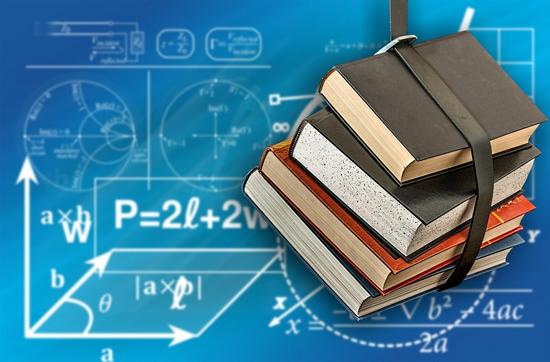15
Homework in Russian Education Facilities: Key Facts and Types
What is homework in the first place? In a nutshell, it is one of the forms of educational activities performed by students outside the classroom or in extracurricular time. This form of activity can pursue a number of goals:
- To help students assimilate and retain the material presented in the class better;
- To let students self-study certain topics or concepts that don’t require clarification from the teacher;
- To assess how well students have grasped the material. Also, to understand how well they can apply the obtained knowledge and skills for finding solutions to certain problems;
- To identify gaps in knowledge.
For decades, homework of all shapes and kinds has been an integral part of the educational process. This type of activity is used by pretty much all education facilities, regardless of the level, and all across the world. However, the essence and types of homework can vary from country to country.
Namely, due to a significant difference in the overall education system in Russia, the types of homework assigned to students in this country can be somewhat different. For example, it will be different from homework types assigned, say, in the US. As we know, here, the largest academic challenge facing students is writing, which can be delegated to make my essay service professionals. But, the situation in Russian education facilities is different.
In this article, we are going to take a closer look at the homework in Russia and discover what types of this extracurricular activity are there.
Basic Requirements for the Content and Volume of Homework
In Russia, both the volume and content of homework are regulated by law. The Ministry of Justice of the Russian Federation sets very specific sanitary and epidemiological norms for the conditions and organization of training in educational institutions and closely monitors their compliance.
According to these regulations, the organization of home schoolwork has to be an integral part of the general problem of improving the educational process at school. The content, nature, and functions of homework cannot be considered in isolation from the content, nature, and methods of teaching applied in the classroom. It is during the lessons that teachers must create the right conditions for the successful completion of homework.
Many components and stages of the lesson are directly related to the subsequent completion of homework: checking homework, assigning homework lessons, students’ independent work in the lesson, etc. The combination of these components should be such that in the lesson, the student would get fully prepared for the homework and so that the lesson and subsequent independent work are a uniform process.
Currently, there are the following basic requirements for homework in Russia:
- The overall volume of the homework should not exceed 30% of the total amount of work performed in the classroom.
- The total time spent by students on homework should not exceed: 1.5 hours for 2 through 3 grade; 2 hours for 4 through 5 grade; 2.5 hours for 6 through 8 grade; and 3.5 for 9 through 11 grade.
According to stats, Russia is among the countries where students spend the most time on homework – on average, they are dealing with 9.7 hours of homework per week.
Types and Forms of Homework in Russia
Schools and higher education facilities in Russia use different types of homework assignments to ensure the integrity and efficiency of the learning process. Namely, we can distinguish the following types of assignments:
- Individual;
- Group;
- Creative;
- Differentiated;
- One for the whole class;
- Compiling homework for a deskmate.
Now, let’s look at each type in detail.
As you can easily guess, individual homework is usually assigned to individual students and is tailored to their specific needs, the current level of knowledge, existing gaps, and other individual factors. This form of homework makes it easy for the teacher to check the level of knowledge of a particular student. Such work can be done on cards or using printed workbooks.
Group homework is also a pretty common activity. It implies that the class is being divided into smaller groups of students, and each of the groups is assigned to work on a specific task that is part of the overall classroom assignment.
Differentiated homework is shaped based on the concept of differentiated instruction, which implies distinguishing students’ differences and using them to boost the effectiveness of learning. For example, this type of homework can be characterized by the following features:
- The assignment is the same for everyone, but the method of its completion varies depending on each student’s differences.
- There can be several options in the assignment, giving students the right to choose any of them independently.
Compiling homework for a deskmate is the most innovative approach to assigning homework. It implies that students will formulate the homework tasks for their peers themselves, based on the tasks that have been performed in the classroom.
Creative assignments include academic writing, personal projects, research, etc. They are typically assigned less frequently, and teachers give students more time to complete them. For example, a typical homework can have a deadline in just a day, whereas students should be given at least a week to complete a creative assignment.
Finally, the last and the most common type of homework in Russia is one assignment for the whole class. This can include different types of activities, including reading, writing, problem-solving, testing, etc. Typically, this is the form of the task students in Russia are dealing with daily.
Tags: No tags
You might also like:
<< Naryan-Mar – a unique regional center in the Arctic Circle








Queen Mastropietro · April 7, 2022 at 10:57 pm
What’s up it’s me, I am also visiting this website daily, this website is really pleasant and the viewers are really sharing good thoughts